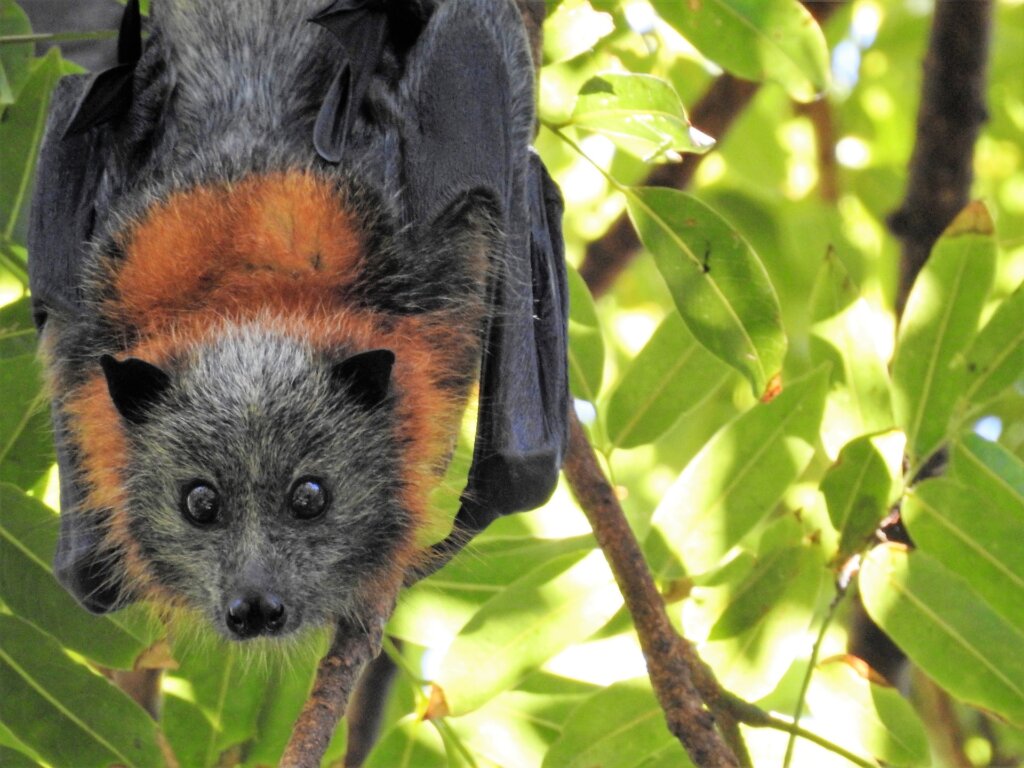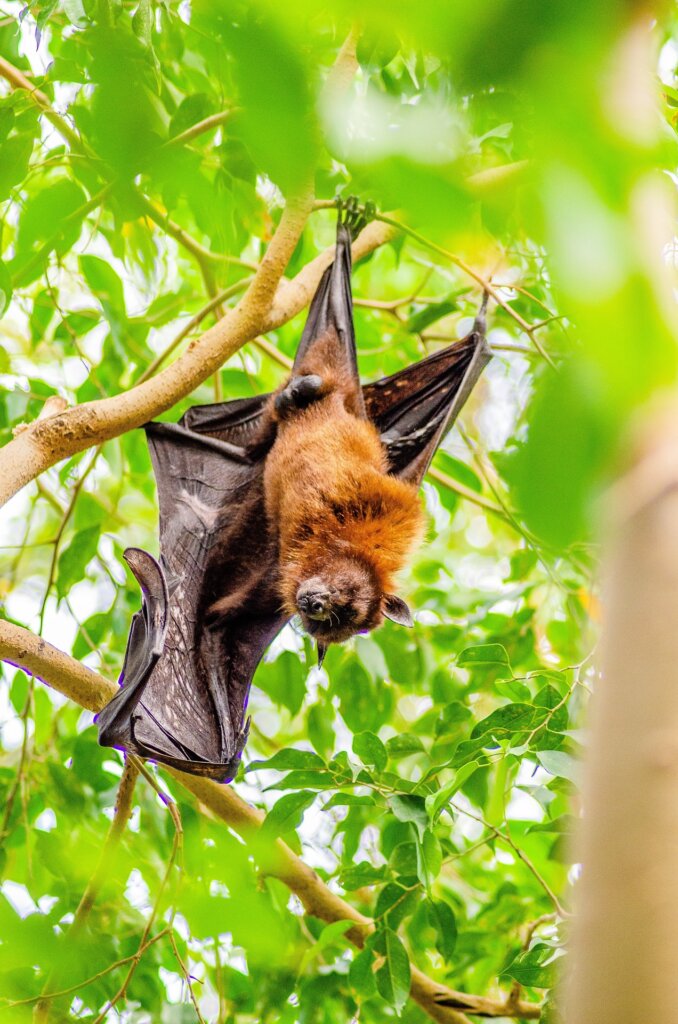These Facts About Bats Will Boost Your Mood
Did you know that bats are the only mammals who’ve evolved to use powered flight? That’s pretty impressive! Some people associate them with Halloween and scariness, but they’re actually affectionate animals with unique abilities—and you can’t deny that they’re cute. Here are eight facts about bats to brighten your day:
Vampire bats exist, but they aren’t dangerous.
There are more than 1,400 species of bats, and only three of them feed on blood. Vampire bats don’t mess with humans, though—and they never kill their prey. Eat your heart out, Edward Cullen!

The biggest bats are vegetarian.
Megabats, also known as “fruit bats” or “flying foxes,” are the largest kind of bats, and they’re frugivores—they live off fruit and nectar. How sweet is that?
Bats and humans share a common ancestor.
Although they’re sometimes described as “mice with wings,” bats are not actually related to rodents. But they do share a common shrewlike ancestor with humans and other primates. That could explain why we have the exact same types of bones in our forearms. You and the bat you saw zooming around the night sky could have had the same ancestor from 80 million years ago. There he goes—your distant cousin.
Farmers go bananas for bats.
Many bats are crucial pollinators who help spread seeds, making them essential to healthy ecosystems and to growing certain crops. Over 500 plant species rely on bats to pollinate their flowers. If you enjoy eating bananas or mangoes, there’s someone you owe a big thank-you to.
Bats are not blind.
Not only do bats have great eyesight, they can also use echolocation to figure out their distance from insects, the insects’ size, and the direction they’re heading. They’re so precise that they can avoid obstacles as thin as a human hair. The saying should be “You have the same kind of 20/20 super-vision as a bat.”
Bats are prehistoric.
There are fossils of bats dating back 50 million years, but the first bats couldn’t echolocate. They relied solely on sight, smell, and touch to find food.
Baby bats go to daycare. ♥
Newborn bats cling to their mothers while they fly, and some species raise their young together in large nurseries. Even if there are thousands of bats in a nursery, a mother can always find her baby when she returns. Some species of baby bats even “babble” like human babies.
Bats are harmless.
People used to worry that bats transmitted rabies, but the incidence of rabies in bat populations is estimated to be less than 0.5%.

If you find a bat lying on the ground, they may be injured or sick or may have been grounded by a storm or pesticides. In these cases, a wildlife rehabilitator should be contacted for help. And if a bat gets inside your house, create an escape route by opening a window or door to the outside—and check out our humane tips to carefully evacuate the bat from your home. Your winged visitor will eagerly exit as soon as they have a chance.
Text peta2 to 30933 for ways to help animals, tips on compassionate living, and more!

Terms for automated texts/calls from peta2: http://peta.vg/txt. Text STOP to end, HELP for more info. Msg/data rates may apply. U.S. only.




